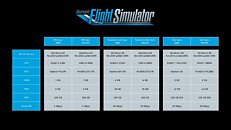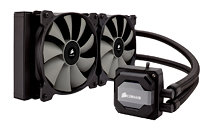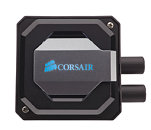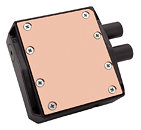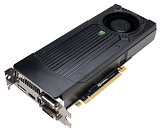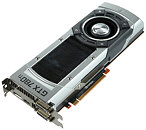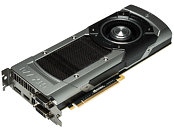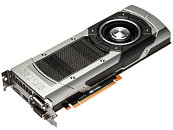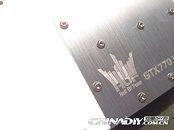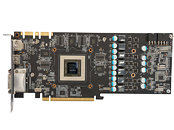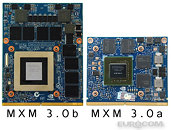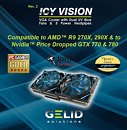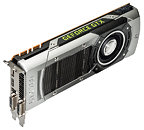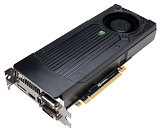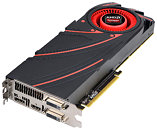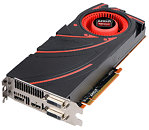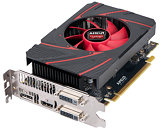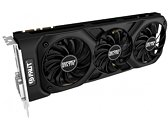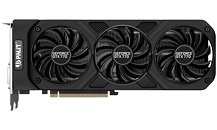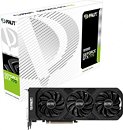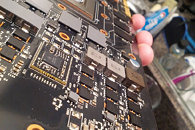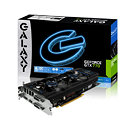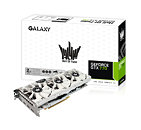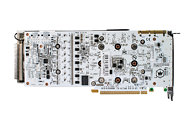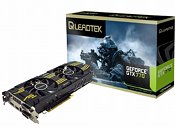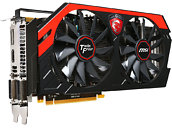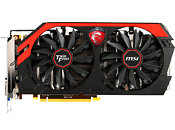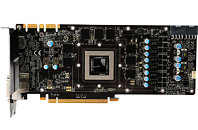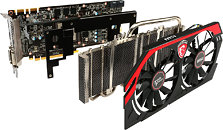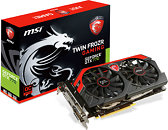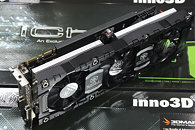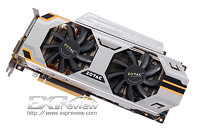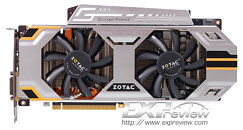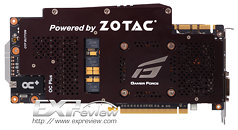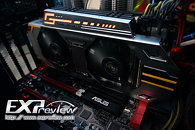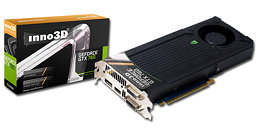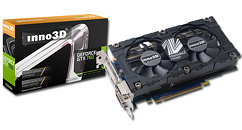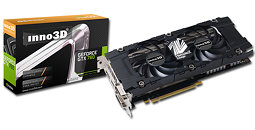
Microsoft Flight Simulator Requirements Listed, Ideal Specification Requires 150 GB of Drive Space and RTX 2080 GPU
Microsoft's flight simulator, an upcoming game designed to bring real-life scenarios of flying an airplane, just got a list of system requirements needed to run a game. To play with Flight Simulator, you would at least need to have a quad-core CPU like AMD Ryzen 3 1200 or Intel Core i5-4460 equipped system, along with 8 GB of RAM. For graphics, you would need a GPU with at least 2 GB of VRAM, where the requirement is either AMD Radeon RX 570 or NVIDIA GeForce GTX 770 GPU. Another interesting observation is the requirement of 150 GB of drive space, meaning that this game will be pretty big. Internet connection needs to be 5 Mbps at minimum, and as you up the resolution and graphics, you would need a faster connection. You can check out the entire table below.
The need for incrementally faster connection comes out of one reason - adaptive streaming. The game looks stunning, and if you wish to play at the highest quality, parts of the game will be rendered in the cloud. Microsoft is using its Azure infrastructure to help and render parts of the game and stream it down to your PC. This ensures that your PC is capable of playing the game and Microsoft is showing how they can tap the power of cloud for uses like this.
The need for incrementally faster connection comes out of one reason - adaptive streaming. The game looks stunning, and if you wish to play at the highest quality, parts of the game will be rendered in the cloud. Microsoft is using its Azure infrastructure to help and render parts of the game and stream it down to your PC. This ensures that your PC is capable of playing the game and Microsoft is showing how they can tap the power of cloud for uses like this.
